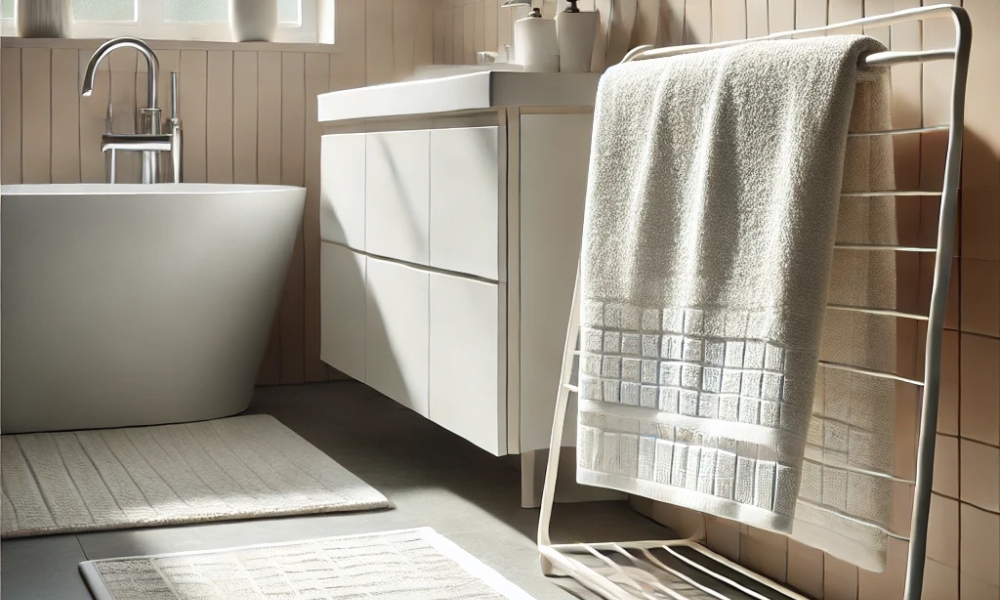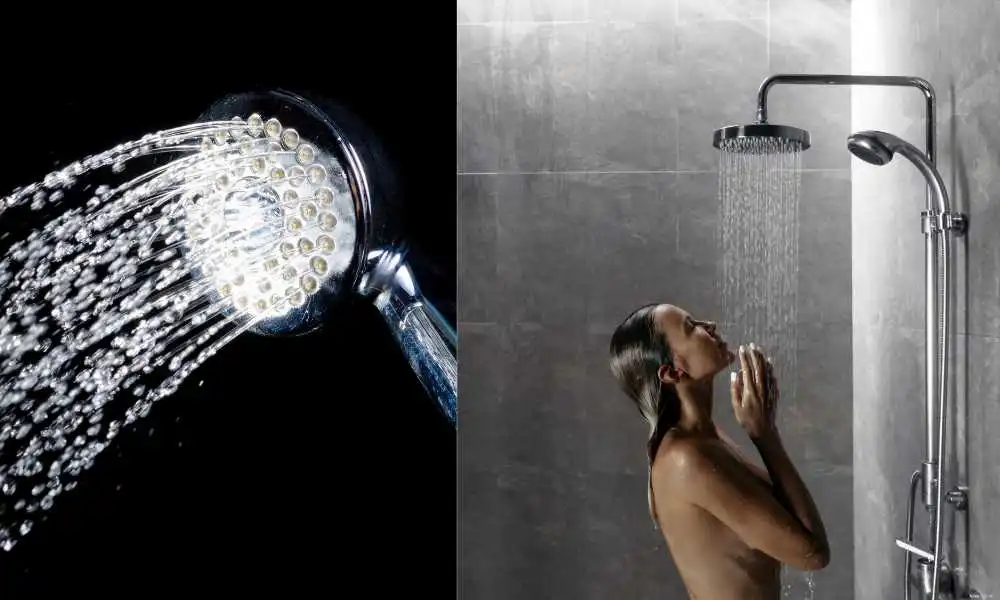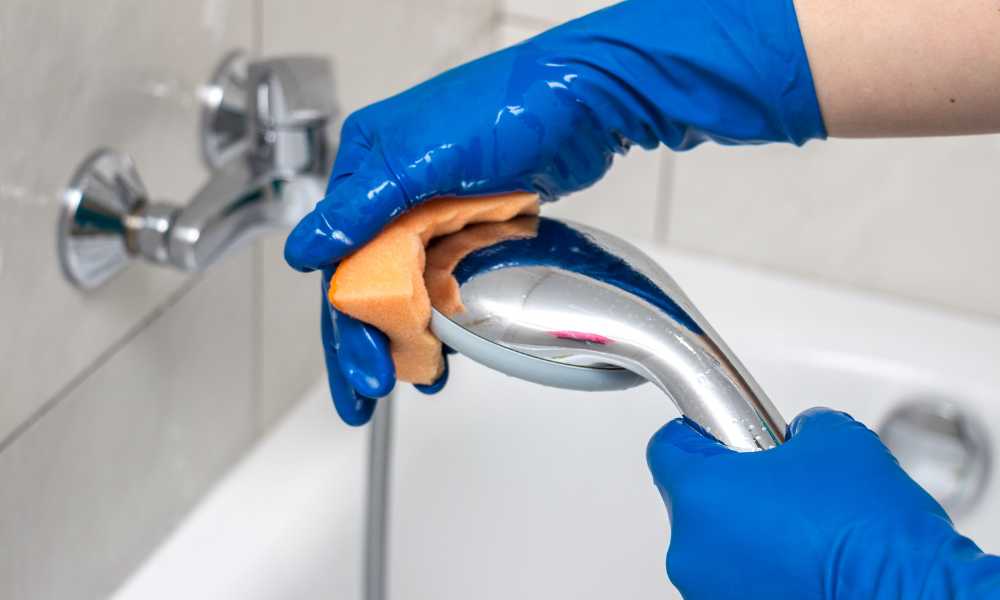Maintaining a clean bath mat is essential not only for hygiene but also for preserving its functionality and longevity. Bath mats with rubber backing are particularly tricky to clean, as their unique material requires special care to avoid deterioration. With a few mindful steps and proper techniques, you can keep your mats looking fresh and performing their best.
Supplies Needed
Before you begin, gather these essential supplies:
- Mild laundry detergent: Gentle on fabrics and safe for rubber.
- Baking soda or white vinegar (optional): Natural alternatives for deeper cleaning and deodorizing.
- Soft brush or cloth: For scrubbing without abrasion.
- Bucket or tub: For soaking and cleaning.
- Washing machine (optional): For machine-washable mats.
- Towels (optional): To aid in drying and balance the washing load.
- Clothesline or drying rack: To air dry the mats effectively.
Method 1: Hand Washing
1. Shake Off Dirt And Debris
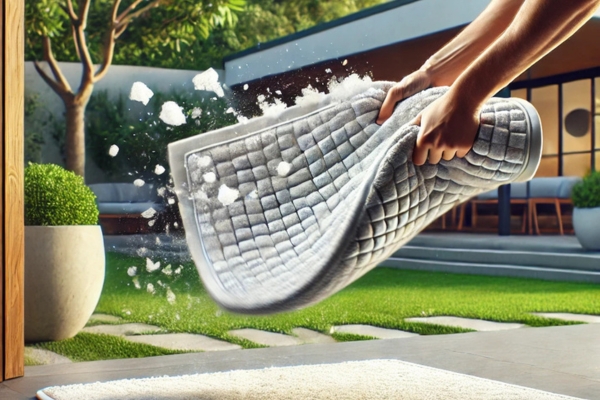
Start by taking the bath mat outside or over a bathtub. Shake it firmly to dislodge loose dirt, lint, and hair. If necessary, use a vacuum cleaner to remove stubborn debris. This initial step prevents unwanted particles from clouding your cleaning solution.
2. Prepare A Cleaning Solution
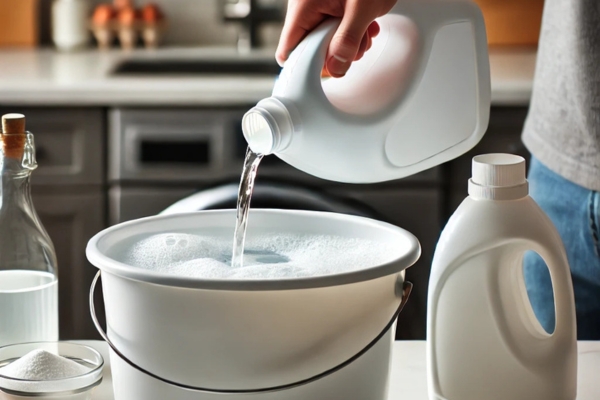
Fill a bucket or tub with warm water and add a dollop of mild laundry detergent. For an eco-friendly twist, mix in 1/2 cup of white vinegar or two tablespoons of baking soda. These natural agents work wonders for cutting through grime and neutralizing odors without compromising the rubber backing.
3. Soak The Bath Mats
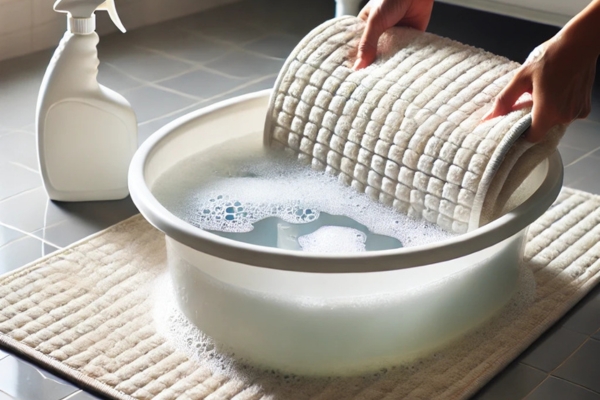
Place the mat in the prepared solution, ensuring it’s fully submerged. Allow it to soak for 15–20 minutes. This softens built-up grime and makes subsequent cleaning easier. Remember, hot water is not your friend here—it can warp or degrade the rubber backing.
4. Scrub Gently
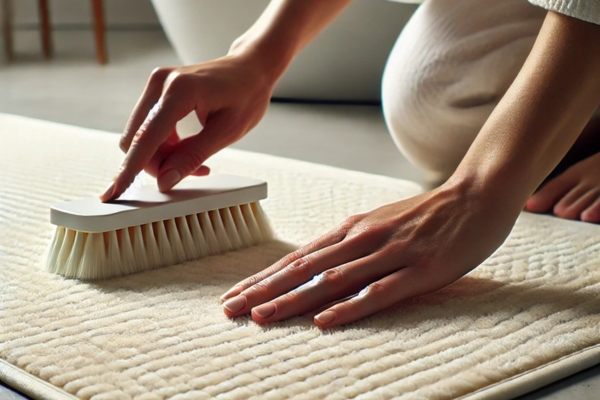
Using a soft brush or cloth, gently scrub the mat’s surface. Pay extra attention to stained or heavily soiled areas. Flip the mat over to clean the underside as well, but be careful not to damage the rubber layer.
5. Rinse Thoroughly
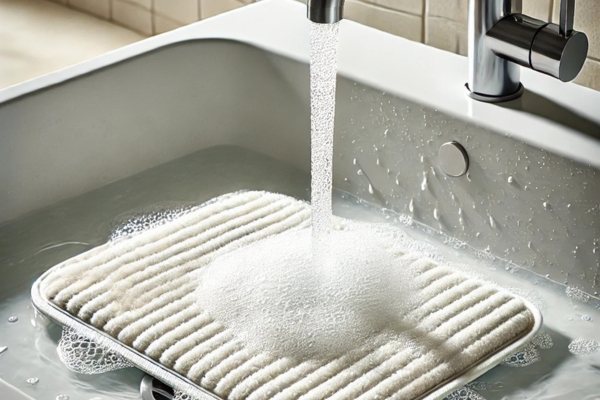
Run the mat under clean water until all detergent residue is gone. Even small amounts of soap left behind can attract dirt or weaken the rubber over time.
6. Dry Flat
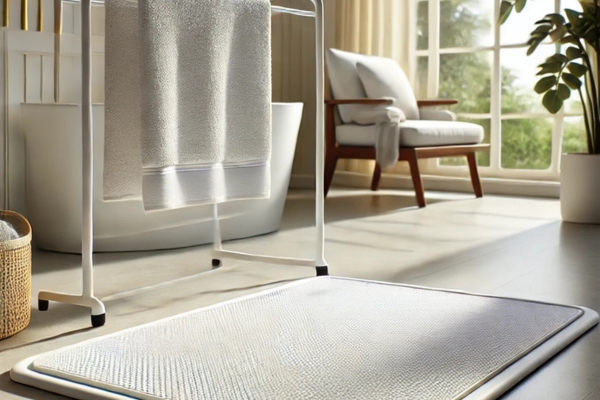
Lay the mat flat on a towel or drying rack, ensuring the rubber side faces up. Allow it to air dry in a well-ventilated area. Avoid direct sunlight or artificial heat sources, as these can cause the rubber to crack or curl.
Method 2: Machine Washing
1. Check The Care Label
Before tossing your mat into the washing machine, verify its care label. While many rubber-backed mats are machine-washable, some require hand washing to maintain their integrity.
2. Use A Gentle Cycle
Place the mat in the washer along with a few towels to cushion it during the cycle. This reduces wear and tear on both the mats and the machine. Select a gentle cycle with cold water and add a mild detergent.
3. Avoid High Spin Speeds
High-speed spins can strain the rubber backing, leading to cracking or separation. Opt for a slower spin setting to ensure the mat stays intact.
4. Air Dry Only
Once the washing cycle is complete, promptly remove the mats and hang it on a clothesline or drying rack. Never use a dryer, as the heat can cause irreparable damage to the rubber.
Additional Tips
Deodorizing Boost: Occasionally sprinkle baking soda on the mat before washing to combat persistent odors.
Prevent Mold and Mildew: Clean your mats regularly—ideally every 1–2 weeks, especially in humid environments.
Inspect for Damage: Over time, rubber can degrade. Replace mats with signs of peeling or cracking to maintain safety.
Rotate Mats: Having multiple mats in rotation allows each one to dry thoroughly, reducing wear and prolonging their lifespan.
How To Clean Bath Mats With Suction Cups
Cleaning bath mats with suction cups is essential to prevent mold, mildew, and soap scum buildup while maintaining their grip and hygiene. Begin by removing the mat from the tub or shower and rinsing off any surface debris. For a thorough clean, soak the mat in a mixture of warm water and mild detergent or white vinegar for 15–20 minutes to loosen grime. Use a soft brush to scrub between the suction cups, paying special attention to hidden residues. Rinse the mat thoroughly to ensure no soap residue remains, as this can attract dirt and reduce suction efficiency. Finally, hang the mat to air dry completely, ensuring the suction cups face upward to prevent moisture from getting trapped. Regular cleaning every couple of weeks will keep your mat fresh, secure, and long-lasting.
Conclusion
Regularly cleaning bath mats with suction cups is crucial for maintaining their hygiene, functionality, and appearance. By adopting a simple cleaning routine, you can prevent the buildup of mold, mildew, and soap scum that not only looks unpleasant but can also compromise the mat’s grip and safety. Proper care, including soaking, scrubbing, and thorough drying, ensures the mat remains fresh and durable for long-term use. A clean bath mat not only enhances the aesthetic of your bathroom but also promotes a safer, more hygienic environment for you and your family.
